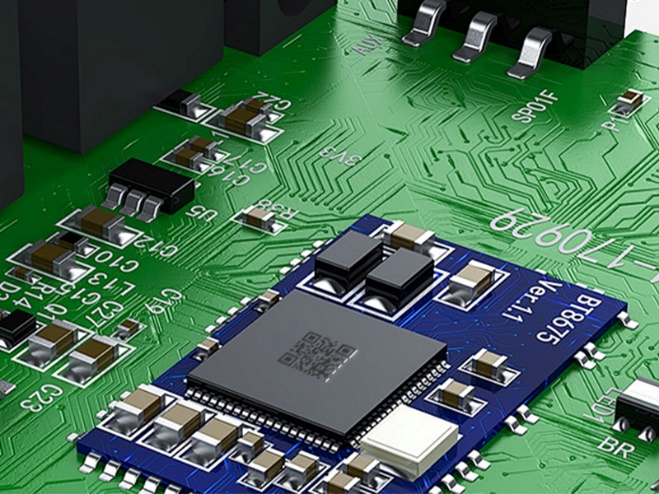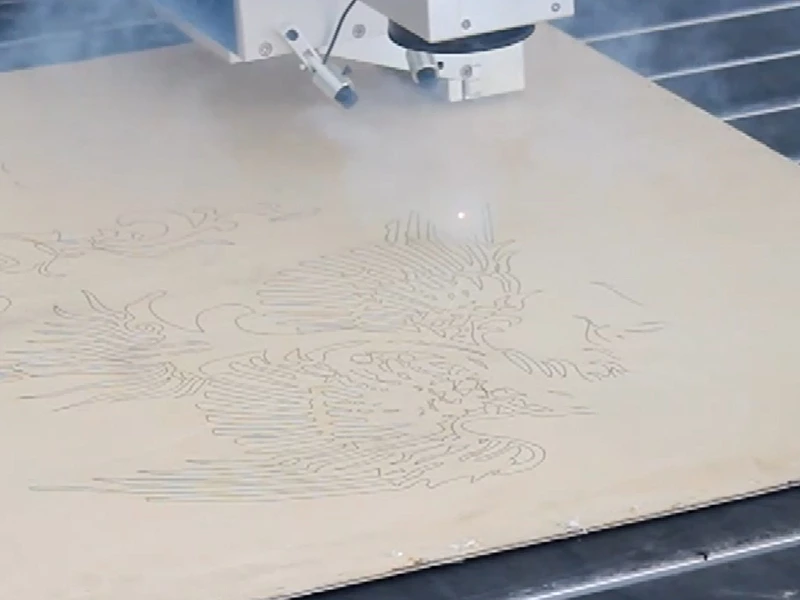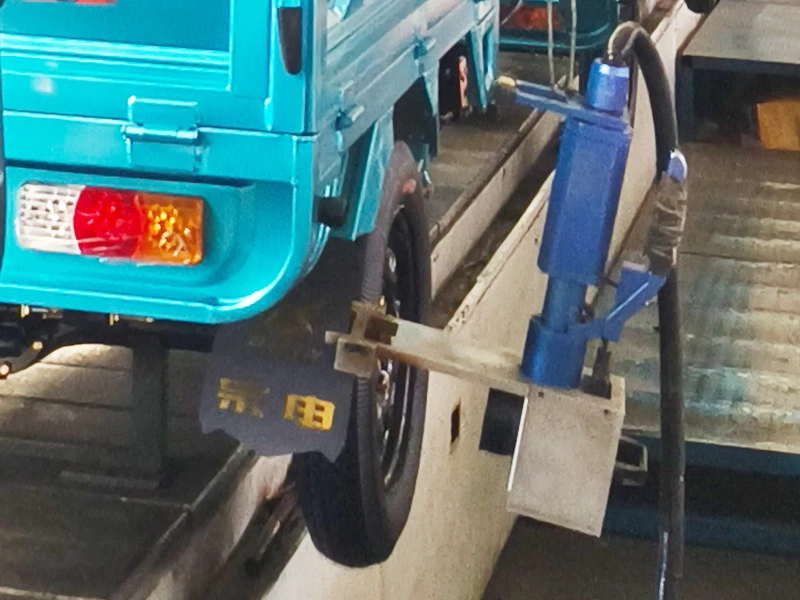Fiber vs. CO2 vs. UV Lasers: Which is Best for Gemstone Marking?
Laser marking has revolutionized the way we engrave, identify, and customize gemstones. From serial numbers on diamonds to logos on crystals, precision and permanence are key. However, not all laser technologies are equal when it comes to gemstone processing. Choosing the right gem laser marking machine is crucial to achieve optimal results without compromising the integrity of the material.
This article explores the three most popular laser types—Fiber, CO₂, and UV—and compares their strengths, weaknesses, and applications in gemstone marking.
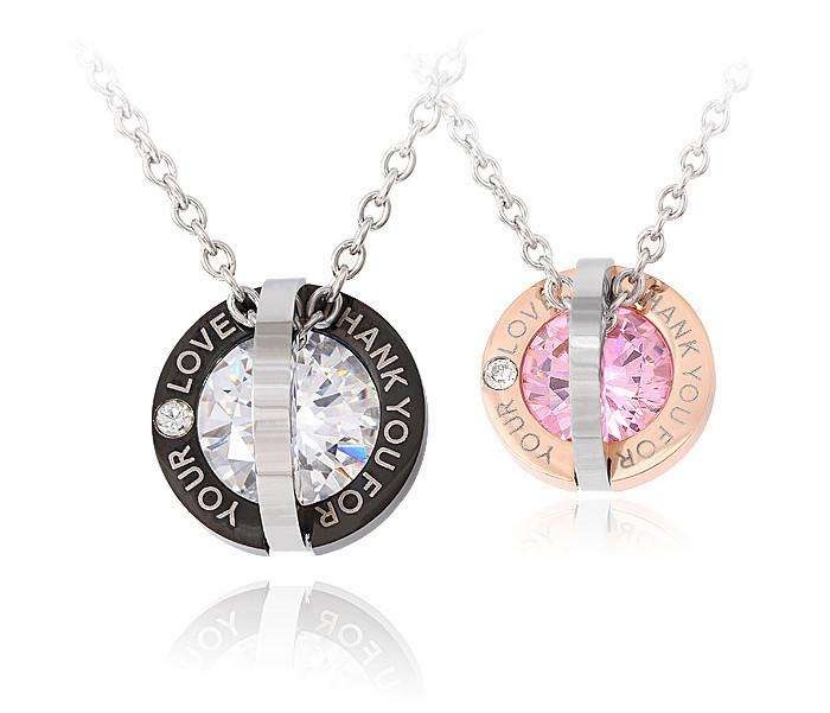
Laser Marking Basics: Key Requirements for Gemstone Processing
Before choosing the ideal gem laser marking machine, it’s essential to understand the unique challenges of working with gemstones. Their natural variations demand laser systems that are not only precise but also gentle and efficient. In this section, we explore the core factors that define successful gemstone laser engraving.
The Diversity of Gemstone Materials
The world of gemstones is a kaleidoscope of chemical compositions, hardness levels (measured on the Mohs scale), refractive indices, and thermal sensitivities. From the robust structure of diamonds (Mohs 10) and corundum (sapphires and rubies, Mohs 9) to the relative softness of pearls (Mohs 2.5-4.5) and the heat sensitivity of organic gems like amber and coral, each gemstone presents unique challenges and demands a tailored marking approach. Understanding this diversity is the first crucial step in selecting the appropriate laser technology.
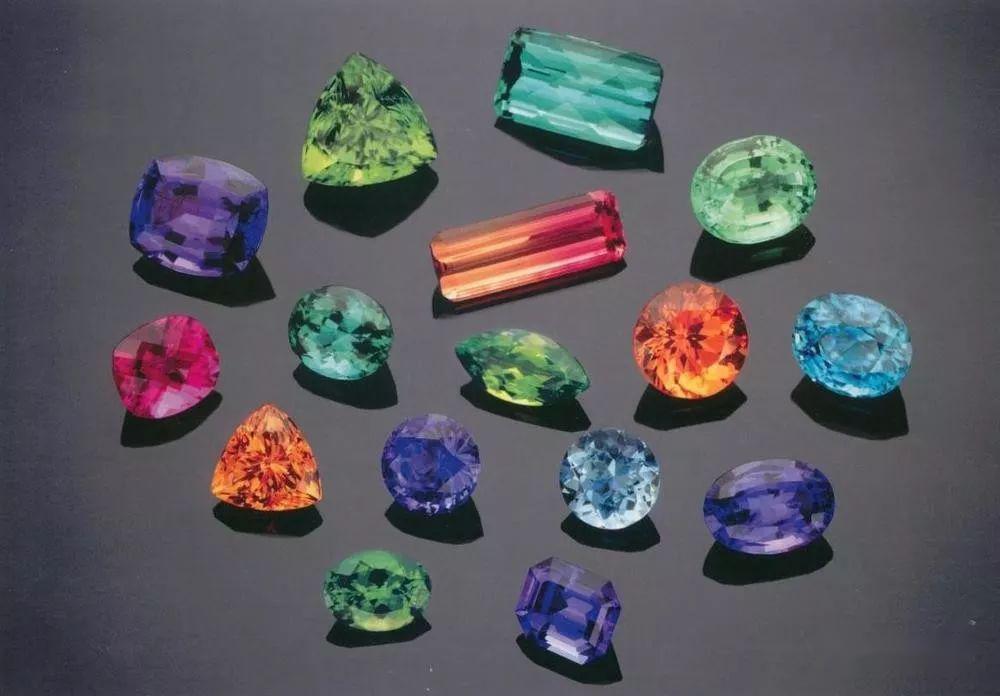
3 Core Criteria for Successful Marking
To ensure high-quality laser marking on gemstones, a machine must meet the following core requirements:
- Precision: Micron-level detail is necessary for intricate designs, logos, serial codes, and security marks.
- Non-Damage: Gemstones are valuable and often fragile. The process must avoid cracks, burn marks, or discoloration.
- Speed and Efficiency: In commercial production, especially in jewelry manufacturing, marking must be fast and repeatable with minimal downtime.
Overview of Laser Types for Gem Marking
Fiber Laser Marking Machine
Fiber lasers operate at a wavelength of 1064 nm, making them ideal for engraving metals and hard materials like diamonds and sapphires. They provide deep engraving capability, excellent beam quality, and high-speed operation.
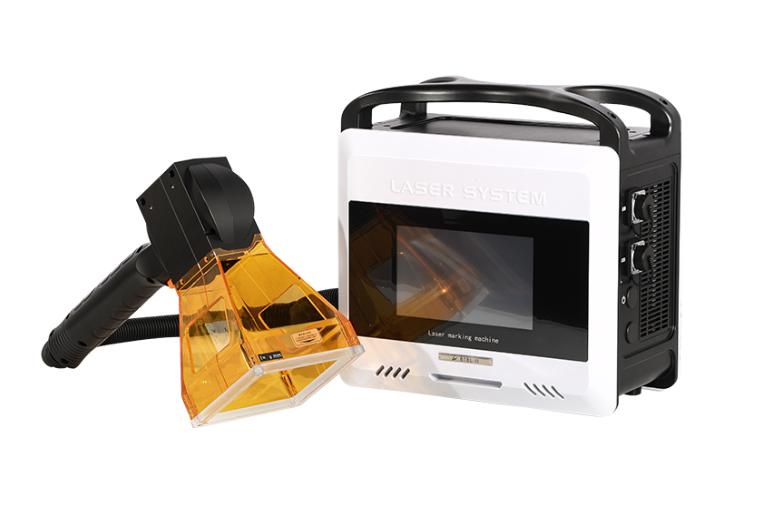
Pros:
- Cost-effective for basic surface marking
- Great for pearls, agate, and shell-based materials
- Compatible with organic gemstone packaging
Cons:
- Not effective on harder gemstones
- Higher thermal impact, increasing the risk of cracking or discoloration
Typical Applications:
- Brand logos on diamond rings.
- Barcodes on synthetic gemstones.
CO₂ Laser Marking Machine
CO₂ lasers operate at a wavelength of 10.6 μm and are widely used for engraving organic materials, wood, and certain stones like pearls or onyx. While less precise than fiber lasers, they are useful for surface marking on non-metallic and non-transparent stones.
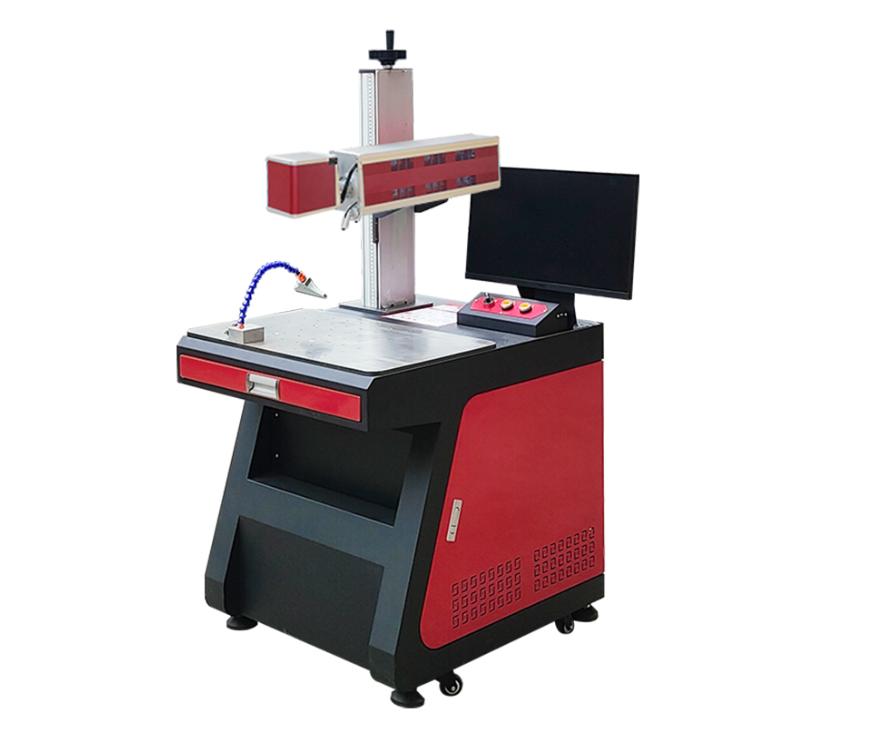
Pros:
- Cost-effective for basic surface marking
- Great for pearls, agate, and shell-based materials
- Compatible with organic gemstone packaging
Cons:
- Not effective on harder gemstones
- Higher thermal impact, increasing the risk of cracking or discoloration
Typical Applications:
- Personalized inscriptions on pearl necklaces.
- Artistic patterns on jade pendants.
UV Laser Marking Machine
UV lasers use a 355 nm wavelength and are often referred to as “cold lasers” due to their minimal thermal effect. They excel at marking transparent, delicate, or small gemstones like emeralds, crystals, or quartz.
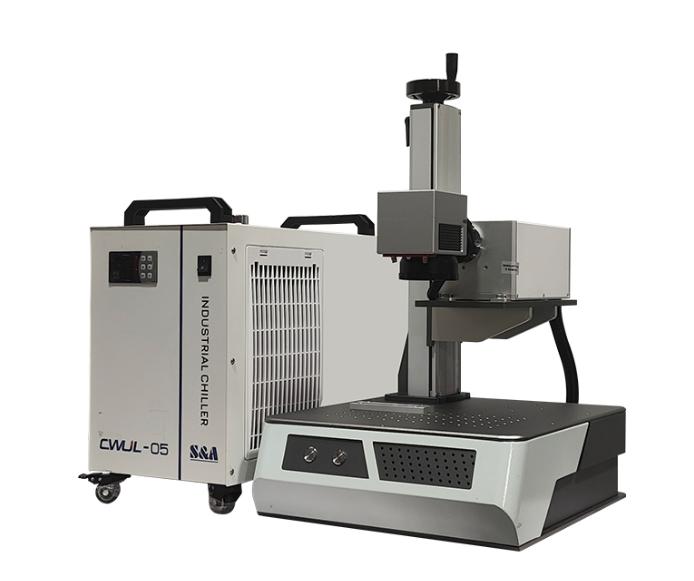
Pros:
- Ultra-high precision for micro-marking
- Ideal for transparent and heat-sensitive gemstones
- Minimal thermal damage, preserving gem clarity
Cons:
- Higher cost
- Typically slower marking speed compared to fiber
Typical Applications:
- Invisible QR codes on emerald certifications.
- Micro-serial numbers on medical-grade synthetic diamonds.
Comparison Table: Fiber vs. CO₂ vs. UV for Gemstone Applications
| Feature | Fiber Laser | CO₂ Laser | UV Laser |
| Wavelength | 1064 nm | 10.6 μm | 355 nm |
| Best For | Hard stones | Organic/soft stones | Transparent stones |
| Marking Precision | High | Moderate | Very High |
| Thermal Impact | Medium | High | Very Low |
| Material Compatibility | Diamond, Ruby, Sapphire | Pearl, Onyx, Shell | Emerald, Quartz, Crystal |
| Marking Depth | Deep | Surface-level | Fine surface/micro |
| Maintenance | Low | Medium | Medium |
| Cost Level | Medium | Low | High |
Which Laser Type Is Best for Your Gemstone Material?
The “best” laser for gemstone marking is not a one-size-fits-all answer. It depends heavily on the specific gemstone material, the desired marking outcome, and the production requirements. Here are some illustrative scenarios:
Scenario 1: High-Volume Diamond Ring Marking ➔ Fiber Laser
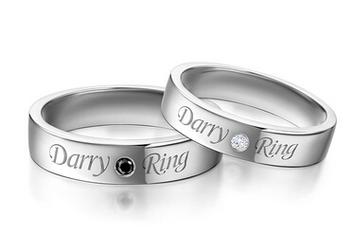
consistently and efficiently marking serial numbers, brand logos, or grading information on diamond rings, a fiber laser is often the ideal choice. Its high precision, speed, and ability to create durable, high-contrast marks on a hard material like diamond make it well-suited for industrial applications. Careful parameter optimization is crucial to avoid any thermal stress.
Scenario 2: Personalized Pearl Necklace Inscription ➔ CO₂ Laser
When it comes to delicately inscribing personalized messages or dates onto the surface of pearls, a CO2 laser can be a suitable option. Its ability to interact effectively with organic materials allows for surface etching without causing significant damage. The resulting frosted effect can also add a unique aesthetic touch.
Scenario 3: Emerald Covert Anti-Counterfeiting Marking ➔ UV Laser
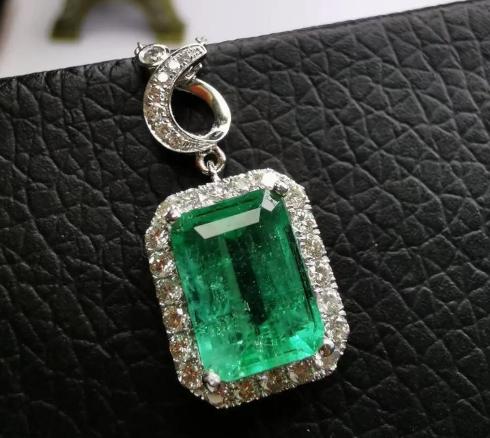
For high-value and potentially fragile gemstones like emeralds, especially when requiring covert anti-counterfeiting micro-markings or subtle internal markings without causing any visible surface damage or thermal stress, a UV laser is the superior choice. Its “cold marking” process and ultra-high precision ensure the integrity of the gemstone while providing a secure and discreet identification mark
Final Words
In gemstone marking, there’s no one-size-fits-all laser. The choice between fiber, CO2, and UV lasers largely depends on the gemstone’s material, the desired effect, and production volume. By understanding the strengths of each laser type, jewelers and manufacturers can make informed decisions to ensure precision, safety, and productivity.
Need help selecting the right gem laser marking machine?
Contact our experts today for professional advice.
Recommended Products

